China’s financing and investment spread across 61 BRI countries in 2023 (up...
2024-02-27 31 英文报告下载
There is little doubt that these interventions have been highly successful in meeting their immediate objectives. However, they have come at a great cost. Public debt relative to GDP has risen throughout the world by 20 percentage points or more in many countries. In essence, there has been a huge transfer from the public sector to the household sector, which is one of the reasons why household wealth has been so resilient. In one respect, these transfers overcompensated households. Generous payments have meant that disposable household income has been relatively stable and has even risen in some countries. In combination with restricted consumption opportunities, this has led to a surge in household saving, which has inflated household financial assets and caused household debts to be lower than they would be otherwise. This increase in savings was an important source of household wealth growth last year.The regional breakdown shows that total wealth rose by USD 12.4 trillion in North America and by USD 9.2 trillion in Europe. These two regions accounted for the bulk of the wealth gains in 2020, with China adding another USD 4.2 trillion and the Asia-Pacific region (excluding China and India) another USD 4.7 trillion.
Total wealth scarcely changed in Africa, and exchange rate appreciation accounted for what little change there was. India and Latin America both recorded losses in 2020. Total wealth fell in India by USD 594 billion, or 4.4% in percentage terms. This loss was amplified by exchange rate depreciation: at fixed exchange rates, the loss would have been 2.1%. Latin America appears to have been the worst-performing region, with total wealth dropping by 11.4% or USD 1.2 trillion. With the major economies stricken by the pandemic, this would not have come as a surprise.Share prices declined everywhere in the first few months of 2020, so that the net outcome for the year depends on the speed and magnitude of the recovery, which varied across countries. Among the countries covered in Figure 2, shares rose by around 20% in China and the United States. India was not far behind with a rise of 16%, and Canada, Germany and Japan had also moved into positive territory by the end of the year. France was slightly down for the year and Italy by a little more. But Britain was the main casualty in this group of nations, with share prices falling by 11.9%. Severe pandemic upheaval and post-Brexit uncertainty are clearly not an attractive combination for investors. Declines by more than 10% were also recoded in Israel, Spain, Singapore, Greece, Austria, Chile, Egypt, Kenya and Colombia. In contrast, share prices forged ahead in Taiwan (Chinese Taipei) by 23%, in Denmark by 29% and in Korea by 33%.

标签: 英文报告下载
相关文章
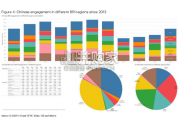
China’s financing and investment spread across 61 BRI countries in 2023 (up...
2024-02-27 31 英文报告下载

Though the risk of AI leading to catastrophe or human extinction had...
2024-02-26 51 英文报告下载
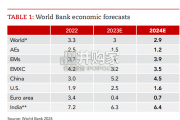
Focusing on the prospects for 2024, global growth is likely to come i...
2024-02-21 96 英文报告下载
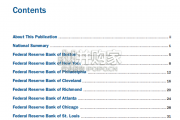
Economic activity declined slightly on average, employment was roughly flat...
2024-02-07 67 英文报告下载
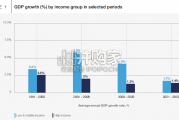
Economic growth can be defned as an increase in the quantity or quali...
2024-02-06 82 英文报告下载
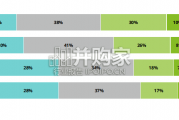
In this initial quarterly survey, 41% of leaders reported their organizatio...
2024-02-05 66 英文报告下载
最新留言